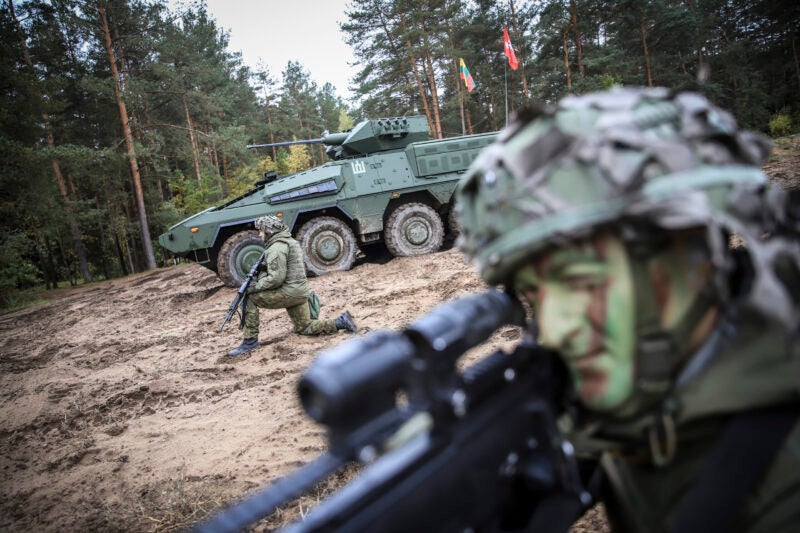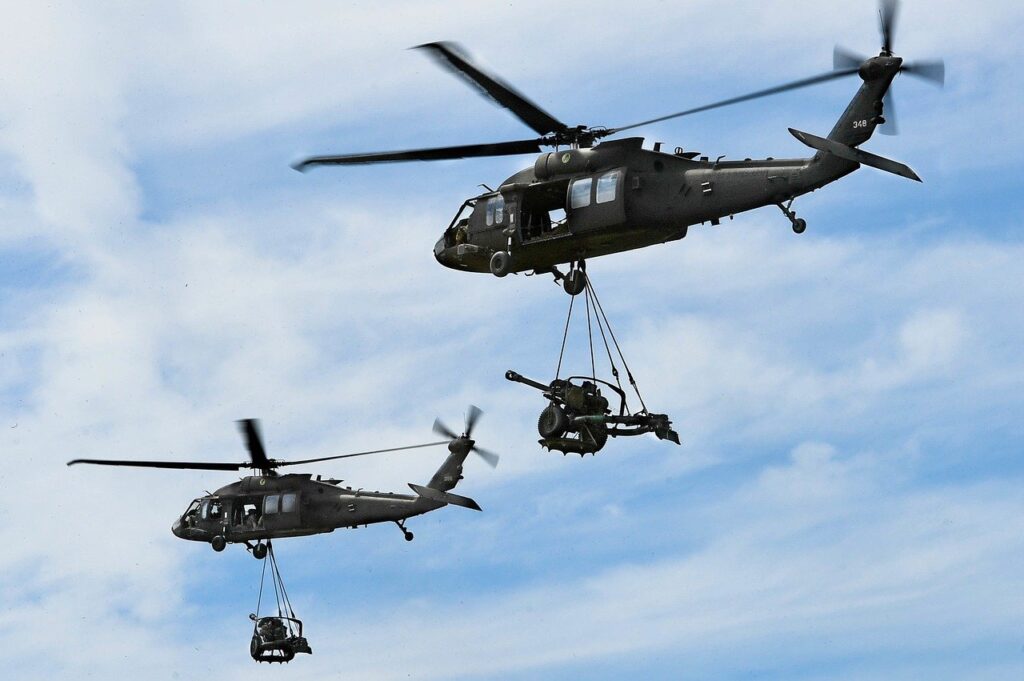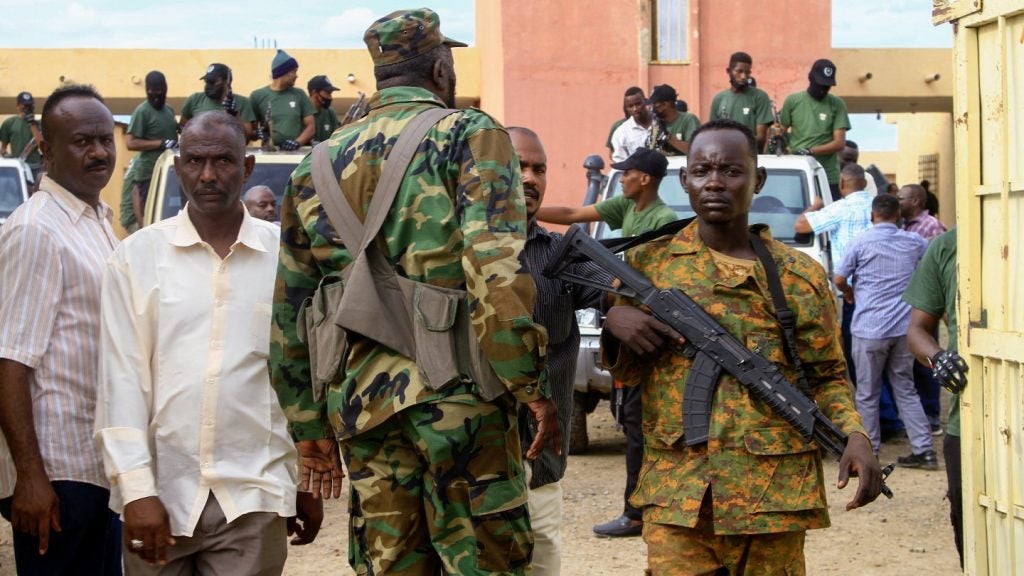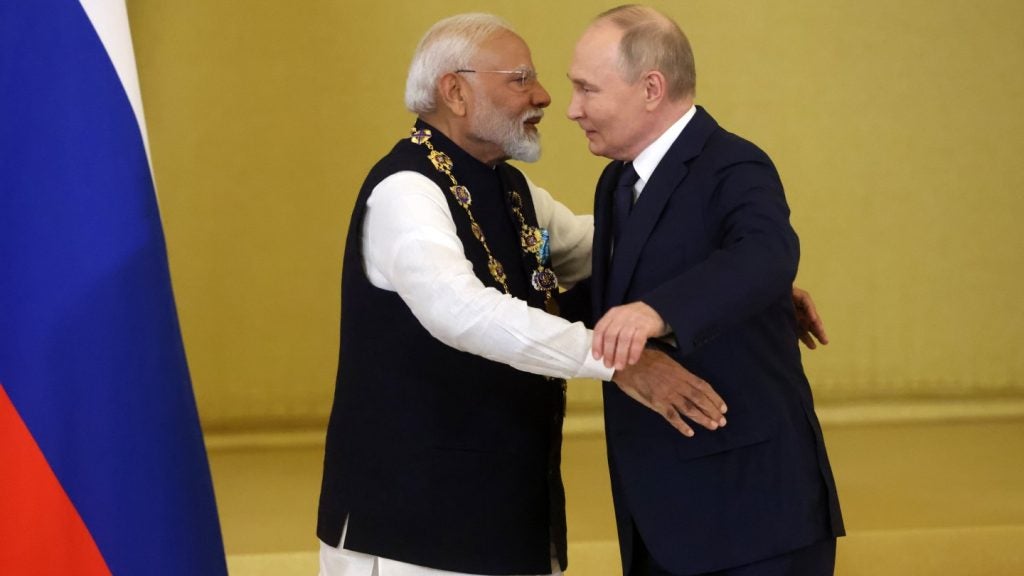
According to a GlobalData analysis, the Lithuanian defence budget reached $1.3b in the financial year 2021. On the global scale, this number does not seem too extensive, but it is significantly larger than what other Baltic countries spend on defence activities.
More importantly, Lithuania’s budget is over the 2% of the gross domestic product (GDP) NATO threshold, which other allies with substantially larger economies regularly fail to reach.
How well do you really know your competitors?
Access the most comprehensive Company Profiles on the market, powered by GlobalData. Save hours of research. Gain competitive edge.

Thank you!
Your download email will arrive shortly
Not ready to buy yet? Download a free sample
We are confident about the unique quality of our Company Profiles. However, we want you to make the most beneficial decision for your business, so we offer a free sample that you can download by submitting the below form
By GlobalData“This comparatively moderate budget is essential to ongoing cooperation with NATO, as it shows that the country values its relations and is willing to contribute relevant amounts,” says the analysis.
Within the $1.3 billion budget, $0.364 billion is allocated to acquisitions. The relatively small size of Lithuania’s budget sets a cap on defence procurements, yet it does not fail to boost its air and land capabilities by purchasing military rotorcraft and armoured vehicles. Similarly to other Baltic nations, Lithuania also spends a relatively high amount on infrastructure to support its allied nations.
Another GlobalData report forecasts that the country’s defence budget will reach $1.93b by 2026, a compound annual growth rate of 7.26 per cent.
Motives
One of the driving factors of Lithuania’s heavy investment is Russia’s increased hostility and military activity on the Belarusian border. “Despite claims from Russia that it is keen for more cooperation, it has continued with military spending and exercises on its western borders as well as joint exercises with Belarus,” says the report.
Another motive for the relatively high spending, which is somewhat intertwined with the first one, is that Lithuania feels the importance to modernise its forces to ensure its preparedness and capability to react swiftly to a potential invasion. According to the report, this spending also includes allocations for the Lithuanian Rapid Response force, which is designed to respond to any incursions.
The challenge Lithuania faces in meaningfully increasing its defence capabilities is that its relatively small budget makes major purchases implausible, and prevents the county from buying fixed-wing aircraft or main battle tanks.
There are, however, a few larger procurement programmes that cannot be ignored. In addition to the 200 Oshkosh joint light tactical vehicles (JLTV) – of which 50 have been delivered so far – the Ministry of National Defence of Lithuania also signed a $213 deal with the US for four Lockheed Martin UH-60 Black Hawk helicopters in 2020, with the first chopper set to arrive in 2024.
Both the JLTV and Black Hawk acquisitions serve to increase rapid response capabilities.
Additionally, the Lithuanian Air Force has obtained a number of AIM-120 advanced medium-range air-to-air missiles (AMRAAM) in recent years.
Whereas these efforts will certainly aid the country’s ability to swiftly respond to an emerging threat, its defence capabilities are still far behind Russia’s in terms of equipment and size.
The report says: “The Lithuanian armed forces are relatively constrained in terms of budget power, whilst it is making major purchases including Black Hawks and armoured vehicles, it has to make careful decisions about these purchases.
“Even as the budget climbs within the forecast period it will still face these decisions, and the country will still continue to rely on its allies and NATO in particular, for its security.”

New year, stronger Lithuania
The country kicked off 2022 by signing a framework agreement with Saab for the Carl-Gustaf M4 recoilless rifle and ammunition. The Lithuanian Defence Material Agency placed a first order for ammunition for approximately SEK 150 million ($16,8m) in connection with the signing of the framework agreement.
Through the deal, Lithuania is joining the same Carl-Gustaf framework agreement that Estonia, Latvia and Sweden are part of.
Some 14 nations have signed the contract with Saab for the M4 model of the Carl-Gustaf since it was developed in 2014. Lithuania has been using the company’s recoilless rifle weapons since the 1990s.
Head of Saab’s business area Dynamics Görgen Johansson said in a statement: “It’s a great milestone to have Sweden and all the Baltic countries in the same agreement for the Carl-Gustaf system. Now we look forward to delivering this ammunition and providing Lithuania with the fantastic Carl-Gustaf M4 system.”
Additionally, at the start of the new year, the Lithuanian government decided to accelerate its procurement ambitions of a multiple launch rocket system (MLRS), a decision prompted by the increasing Russian presence on its Ukraine border.
State Defence Council, a body of various Lithuanian ministers, decided to fast-track the procurement and buy the system in 2026 instead of 2028. The decision comes a year after the three Baltic nations collectively agreed to acquire MLRS for their forces.
Lithuanian Defence Minister Arvydas Anušauskas said in a tweet: “The Lithuanian State Defence Council agrees that, in the face of current security threats, the Lithuanian Army needs [an] increased number of conscripts [and] further deployment of capabilities. We intend to engage in joint development of [a] regional interoperable Multiple Launch Rocket System capability.”








